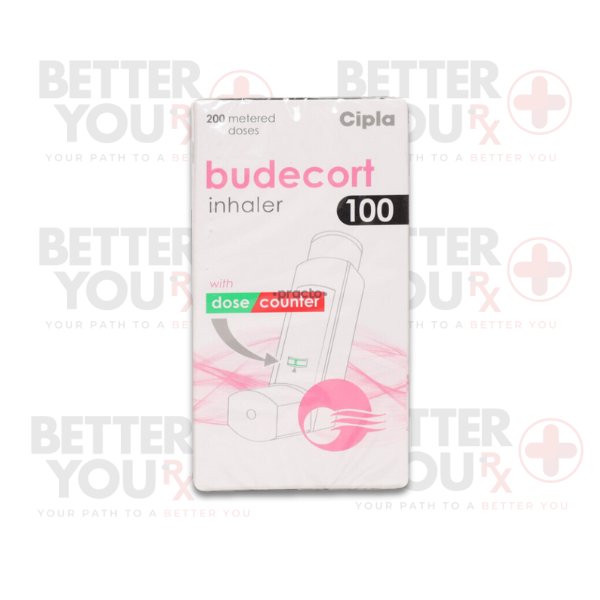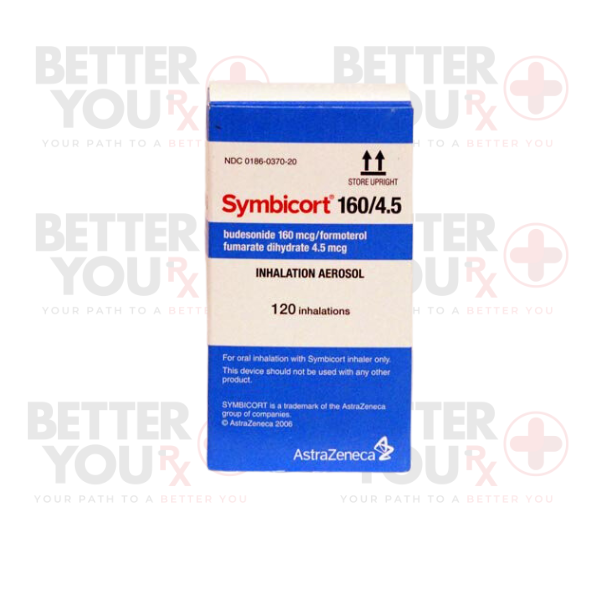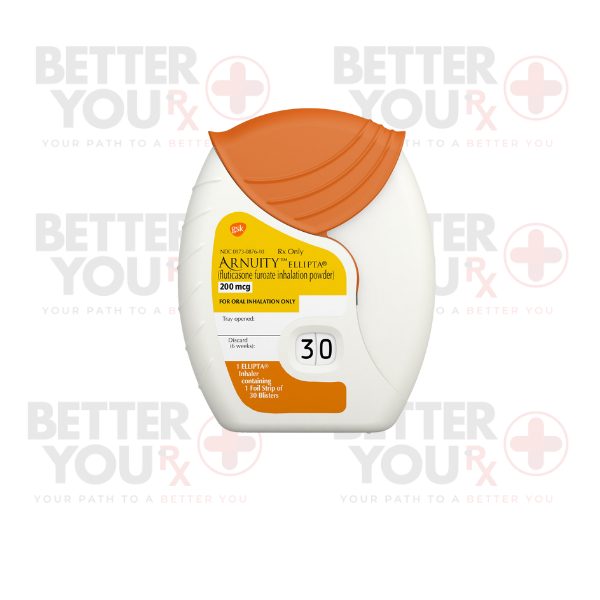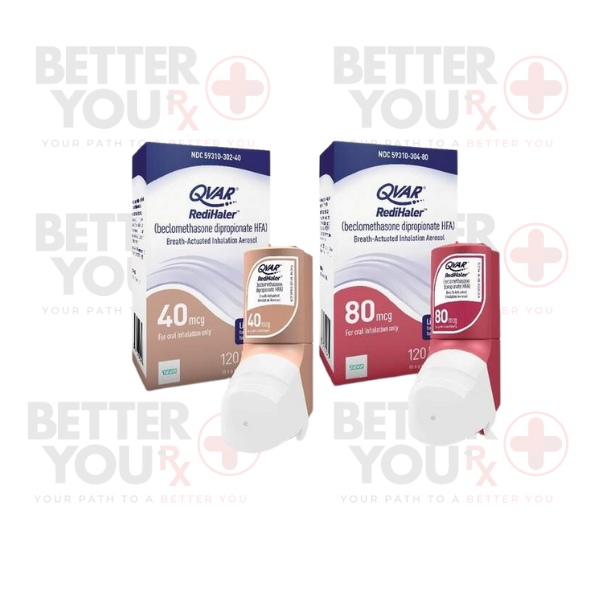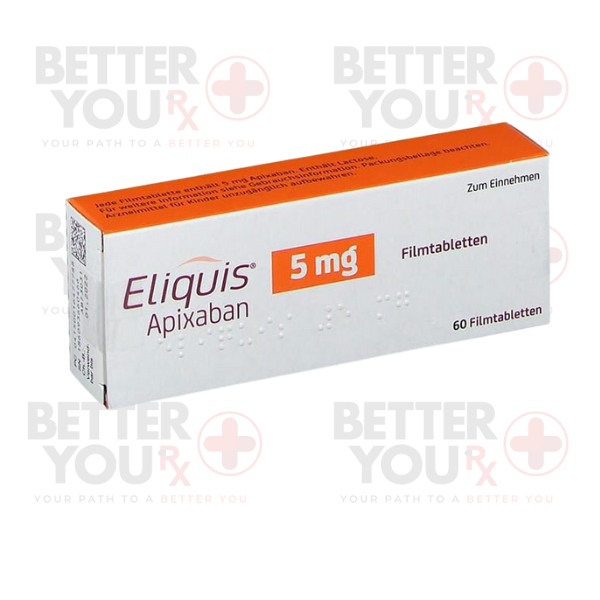SAVE 10% OFF First Order With Coupon Code: happyhealth
-12% Off
Buy Durezol Ophthalmic Eyedrops from Canada
$65.00 Original price was: $65.00.$56.99Current price is: $56.99.
Difluprednate ophthalmic is a medication designed to alleviate eye swelling and discomfort following eye surgery. Belonging to the corticosteroid class of drugs, it functions by inhibiting the release of specific natural compounds responsible for inducing both swelling and pain in the eye.
Category: Medications
Description
| Durezol Ophthalmic Eyedrops | 0.0005 | 5 ml |
Difluprednate ophthalmic is a medication designed to alleviate eye swelling and discomfort following eye surgery. Belonging to the corticosteroid class of drugs, it functions by inhibiting the release of specific natural compounds responsible for inducing both swelling and pain in the eye.
Additional information
| Usage | Usage |
|---|---|
| Side Effects | Side Effects |
| Storage | Storage |
| Special Precaution | Special Precaution |
Related products
-
Buy Flovent HFA Inhaler from Canada
$56.99 – $128.99Select options This product has multiple variants. The options may be chosen on the product page -
Buy Metformin from Canada
$23.99 – $37.99Select options This product has multiple variants. The options may be chosen on the product page -
Buy Budecort Inhaler from Canada
$42.99 – $47.99Select options This product has multiple variants. The options may be chosen on the product page -
Buy Symbicort Inhaler from Canada
$693.75Original price was: $693.75.$683.75Current price is: $683.75. -
Buy Arnuity Ellipta Inhaler from Canada
$68.99 – $119.99Select options This product has multiple variants. The options may be chosen on the product page -
Buy Qvar from Canada
$249.82Original price was: $249.82.$239.82Current price is: $239.82. -
Buy Crestor from Canada
$66.99 – $94.99Select options This product has multiple variants. The options may be chosen on the product page -
Buy Eliquis (Apixaban) from Canada
$47.99 – $131.99Select options This product has multiple variants. The options may be chosen on the product page -
Buy Flovent HFA Inhaler from Canada
$56.99 – $128.99Select options This product has multiple variants. The options may be chosen on the product page -
Buy Metformin from Canada
$23.99 – $37.99Select options This product has multiple variants. The options may be chosen on the product page -
Buy Budecort Inhaler from Canada
$42.99 – $47.99Select options This product has multiple variants. The options may be chosen on the product page -
Buy Symbicort Inhaler from Canada
$693.75Original price was: $693.75.$683.75Current price is: $683.75. -
Buy Arnuity Ellipta Inhaler from Canada
$68.99 – $119.99Select options This product has multiple variants. The options may be chosen on the product page -
Buy Qvar from Canada
$249.82Original price was: $249.82.$239.82Current price is: $239.82. -
Buy Crestor from Canada
$66.99 – $94.99Select options This product has multiple variants. The options may be chosen on the product page -
Buy Eliquis (Apixaban) from Canada
$47.99 – $131.99Select options This product has multiple variants. The options may be chosen on the product page
prev
next




